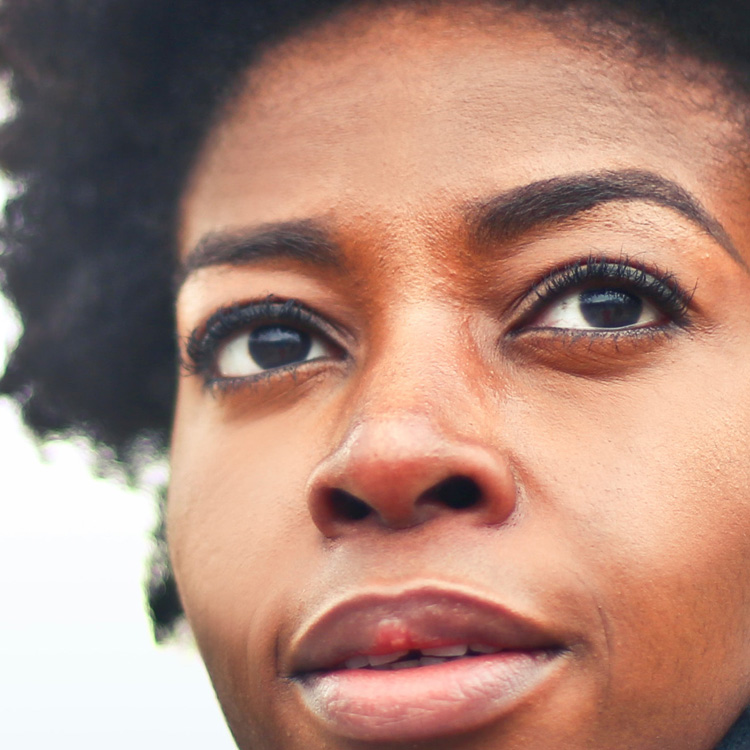What to Expect on Discharge
You will need someone to pick you up from the hospital and give you some minimal support at home for the first few days. The procedure is not normally very painful and can be managed with basic pain medication. You may however feel tight and swollen. Using cooling packs on the area every couple of hours for the first few days can help this to settle. Sleeping a little propped up with an extra pillow also helps to reduce swelling. You should avoid stooping and hot baths for the first week.
At one week post-op you will be reviewed in clinic, your eyes checked and stitches removed.
In the immediate post-op days you may also notice tearing, eye irritation, light sensitivity or dry eyes these are often helped by lubricating ointment. You should avoid wearing contact lenses for at least the first 2 weeks for upper lid blepharoplasty and 4 weeks for lower lid blepharoplasty.
As the swelling and bruising resolve, the improvements of your eyelid procedure will appear over the next few weeks. You will start to look brighter and rested with a smoother more defined eyelid.
The incisions tend to heal very well with good quality scars due to the nature of eyelid skin and the good blood supply of the face. The final results however can take several months to become apparent.
Lifelong sun avoidance helps to minimize sun-related aging and it is especially important to avoid direct sun exposure to the eyelids during healing. Dark sunglasses with a good UV protection rating will help to protect the delicate skin of the eyes during healing and promote comfort. Once the scars have healed you should use high factor (SPF 30 or above) sunblock on the scars until they have faded to prevent hyperpigmentation.
What is the Recovery After Blepharoplasty?
After any type of facial surgery, swelling and bruising is expected. This may be more on one side or settle sooner on one side giving a temporary period of eyelid asymmetry. Swelling may also cause an uneven appearance of the skin. As the swelling settles both of these usually normalize. The wounds will usually be healed at one week post-op and you can wear make-up once the sutures are removed. After approximately two weeks, obvious signs of surgery such as puffiness or discoloration should dissipate.
You should arrange to take at least a week off work but possibly longer depending on your job. Once the stitches are removed you can return to gentle exercise but should avoid anything strenuous for 3-4 weeks and avoid contact sports for at least 6 weeks.
Potential Risks and Complications of Blepharoplasty Surgery
When you are considering any type of surgery you should be fully educated about potential risks and complications. The majority of patients are delighted with their results. Common complaints are numbness, bruising, swelling and a dry or watering eye. Chemosis and conjunvitis can occur especially with lower eyelid surgery but usually resolve in a few weeks. Uncommon complications include infection, haematoma, bleeding, delayed healing, skin necrosis and thickened scars. It is very uncommon to have drooping of the eyes (ectropian) and although permanent changes to vision such as double vision or blindness have been described they are extremely rare. Patients with Graves disease or exophthalmos (bulging of the eyes) are at higher risk of complications from blepharoplasty and should avoid cosmetic eyelid surgery.


